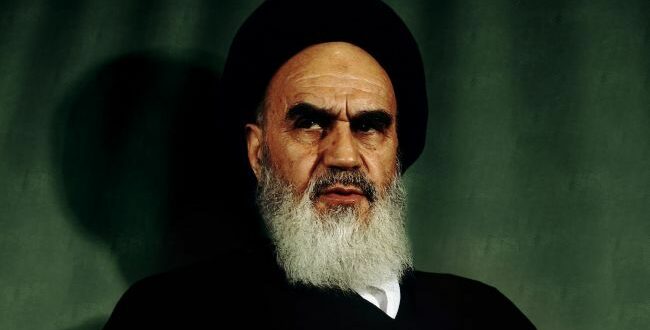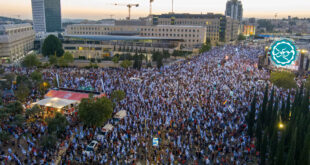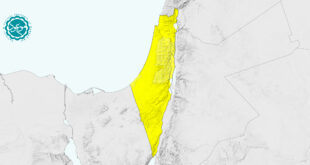Seyed Ruhollah Mousavi (Imam Khomeini) was Born on May 17, 1900, into a family of Shi’ite religious scholars in the small Iranian village of Khomein.
In 1921, Imam Khomeini commenced his studies in the Sepahdar religious center of Arak.
The presence and activity of Ayatollah Haeri-Yazdi have turned Arak as a religious hub on that era. The following year, Ayatollah Haeri-Yazdi transferred the Islamic seminary to the holy city of Qom, and Imam Khomeini moved to the Qom.
Imam Khomeini and Ayatollah Mirza Mohammad Saghafi’s daughter got married in 1929, They had five children: two sons and three daughters named Mustafa, Ahmad, Zahra, Sedighe and Faride.
He wrote more than 40 books in the fields of ethics, theology, mysticism, philosophy, traditions, poetry and commentary that most of them written before the Iranian revolution.
In June 1963, Imam Khomeini made a speech addressing the Shah and spent 10 months in prison and after that when he made another speech against Capitulation he was arrested and exiled from Iran for more than 15 years.
He was first deported to Turkey for one year and sent to Iraq and finally, he spent few months in France. During his years in exile, Imam Khomeini developed a theory of what a state founded on Islamic principles and led by the clergy.
Protests against the Pahlavi regime have been increased daily and the Muslim clerics and intellectuals cooperation with the positive position of science centers led the number of oppositions increased vastly in way of fighting against Marxism and this impact increased the effectiveness of Imam Khomeini’s campaign.
Only two weeks after the Shah fled Iran on January 16, 1979, Imam Khomeini returned to Iran triumphantly, on Thursday February 11, 1979, the revolution gained the power and succeed under his leadership.
In his opinion, the unity of people has a special place. During and after the Revolution Imam Khomeini always talk about the importance of unity, he has also emphasized if the Muslim community struck in dispute they never achieved their goal and victory.
Imam always emphasized the importance of unity and solidarity among Muslims, therefore he believed that if that disagreement would be destroyed and disagreements are based on principles, the formation of groups and multiple parties can be acceptable.
He was the first leader and the first supreme leader of the Islamic Republic of Iran. He was Shia cleric who led the 1978 revolution and after the first Iranian election in 1979 founded the Islamic Republic of Iran and remained the leader until his death.
8 years of 11-year leadership of Imam Khomeini after the revolutions had spent during the invasion of Iraq and succeed with the help of people.
Imam Khomeini passed away on June 3, 1989, at the age of 89. Many Iranians mourned Imam Khomeini’s death and poured out into the cities and streets. More than 15 million people from across the country attended Imam Khomeini’s funeral to form one of the largest ever funerals in the world which set the largest and busiest funeral record in the Guinness Book of Records.
His charisma and influential personality never forget among the people and maintained until the end of his life.
 Mouood Mouood English Edition
Mouood Mouood English Edition




